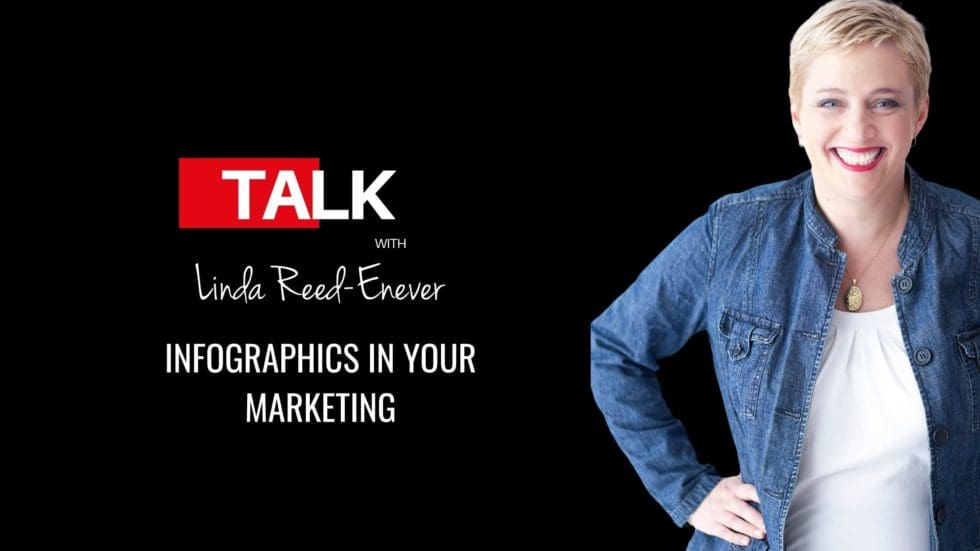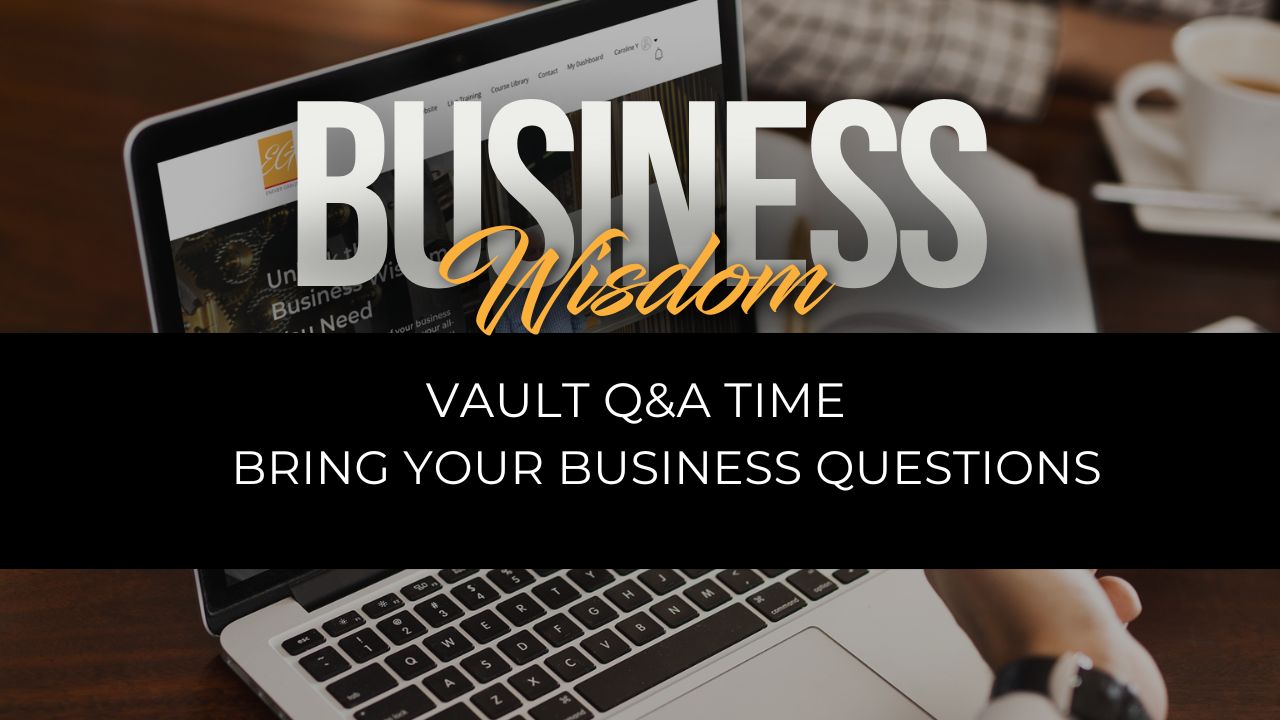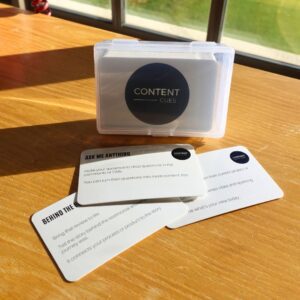Using infographics to convey figures and data will help people absorb information in a much more efficient way. A way of presenting information in a visually appealing and memorable form, infographics allow your audience to engage quickly, gain insight, and absorb relevant information in bite-sized pieces, while also offering a variation within your content marketing strategy.
What is an infographic?
Why are they so popular?
- 90% of information sent to the brain is visual. (MIT)
- 65% of people are visual learners. (Pearson)
- 99% of all sensory information is filtered out by the brain almost immediately. This means that only 1% of information actually gets through to the brain. Infographics are in this 1%. (QUE Publishing)
- Content with relevant images gets 94% more views than content without relevant images. (Quick Sprout)
- 42% of marketers reported that infographics and other original graphics were the most engaging. This was higher than any other form of visual content. (Venngage)
- Infographics can increase web traffic by 12%. (Demand Gen Report)
- 81% of people only skim the content they read online. The average user reads 20-28% of words during an average visit. (NN Group)
- Infographics are liked and shared on social media three times more than any other type of content. (NN Group)
When to use an infographic?
- When there are lots of data – Infographics are a great way of converting data and statistics into a visually compelling form.
- If the information is hard to understand in written form – If your information is complex when written or hard to get your head around due to the numbers and statistics involved, an infographic may be a more effective way to tell the story.
- If you haven’t used too many recently – Infographics are part of a wider content strategy, and as such should be used sparingly. You don’t want to bombard your audience with an infographic a week, but rather use them when they will offer something relevant or the best way of telling a story.
- If your audience likes them – Just as some content lends itself to infographics, some audiences absorb them more readily than others. If you’ve trialled infographics and your audience just isn’t that into them, find a different method of relaying information.
Nine tips to use infographics in your marketing:
- A good story – A great infographic tells a story using pictures and few words, so consider what story you’re trying to tell. Is it interesting, pertinent, timely or relevant?
- A journey – As an infographic is a story, it will take your audience on a journey from beginning to end using pictures and very few words. Consider where you will start, where you will finish and how you will get there visually.
- A new angle – Just as you use new angles for blog posts, infographics should also feature a “fresh take on things”.
- Practical value – Pretty pictures are lovely, but an infographic should offer value to your audience. That means you should ensure your infographic either offer new information or provides existing information in a new and engaging way. This makes your infographic all the more shareable.
- Well-structured – Clarity is the key to an infographic, so structure it well, taking the audience through a natural sequence of information from beginning to end.
- Key message – While an infographic tells a story, the audience should walk away with one key message, and you should be clear on what that is.
- Visually appealing – Remember an infographic is a visual presentation of data, so make it appealing. Keep it uncluttered, and clearly structure the content so it is easy to follow with very few words. Don’t forget a headline
- Accurate and well-researched – As an infographic is all about data, ensure that what you are presenting is accurate and well-researched, with current, relevant information.
- Short and sweet text – An infographic is not a brochure, an essay or a traditional blog post. It’s about offering bite-sized pieces of information in a visually appealing way. Keep the text short and sweet, and if the content isn’t lending itself to that, it needs to be presented in a different format.
Tools to create infographics in your marketing:
- Canva – Not only does Canva allow you to easily create beautiful documents and designs, but they also have a dedicated section just for infographics where all sorts of templates, designs, tips, and tools are available.
- Visme – Visme is an online platform specifically devoted to creating infographics and other visual content like charts, reports, social graphics and banner ads. Visme allows you to choose from hundreds of beautiful presentations, infographics, and other templates or use content blocks to quickly create custom designs from scratch. Tap into millions of icons, images and fonts.
Highlights:
Resources Mentioned in the Podcast:
Affiliate Disclaimer: Some of the links shared in this content may be affiliate links. This means the Enever Group may earn a small commission if you purchase through them, at no additional cost to you. We only recommend products and services we trust and believe will benefit you. For full information, see our terms of use.









